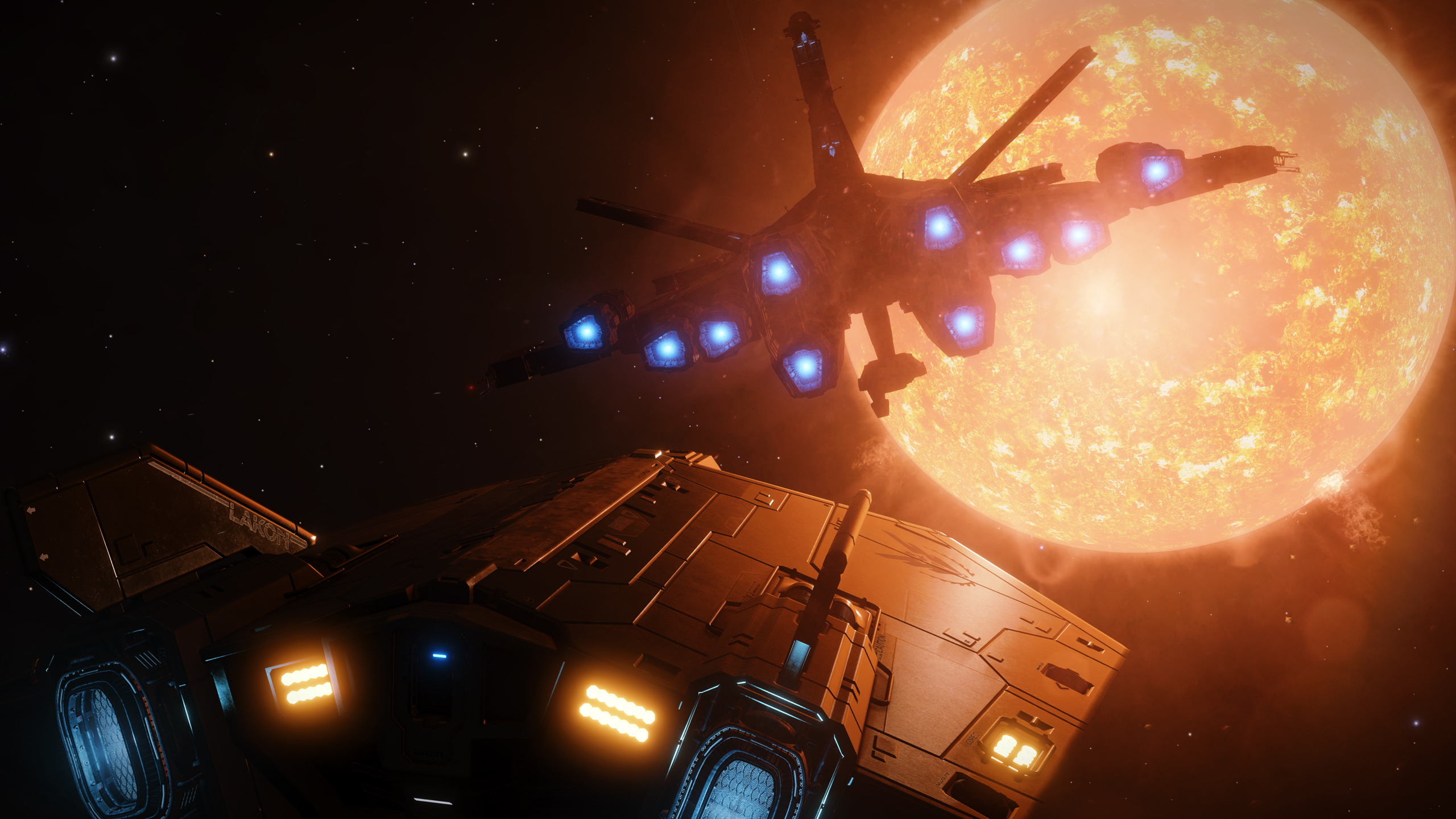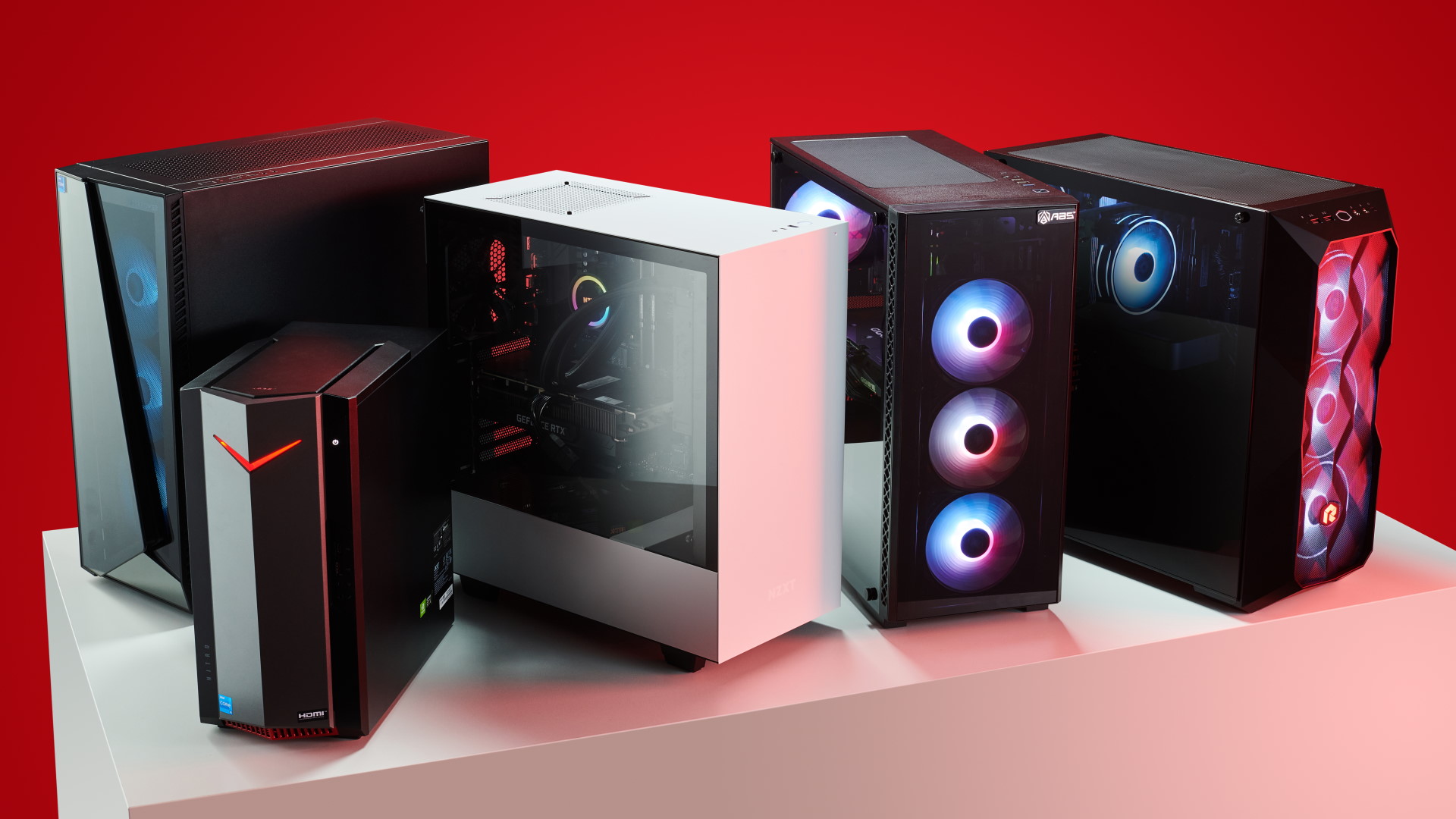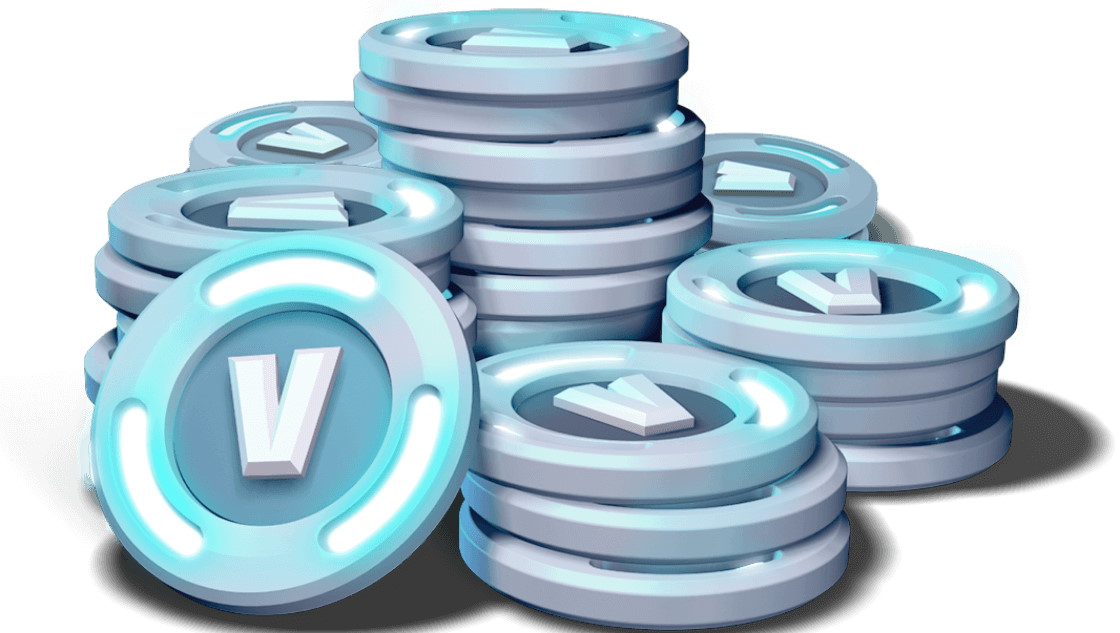
Thanks for all the fish, etc.
I’ve always wanted to write “We’re doomed” with reasonable justification, and well, here we are. A study published by astronomers at the Max Planck Institute has concluded that, based on observations made by the Kepler space telescope, the occurrence rate of superflares from stars just like our sun may occur much more often than previously thought.
A superflare is essentially a solar megastorm, much more powerful than a regular solar flare and capable of releasing phenomenal amounts of electromagnetic radiation (via LiveScience). Past studies have indicated that superflares were likely to happen once every few thousand years, but a study of 56,000 sun-like stars has shown that powerful superflares may occur more like once every century. Bully.
That would make our own beloved orb somewhat overdue for a superflare of its own—and the effects on modern infrastructure would likely be immense.
The researchers attribute this new, much higher predicted likelihood to a new flare detection method that better identifies flare sources in light curves and images with sub-pixel resolution, essentially ruling back in stars that were previously excluded from the study.
Previous attempts to calculate the likelihood of superflare events also excluded many sun-like stars by only considering those with similar rotation periods, a bias this new research takes steps to avoid. Using this new methodology, the researchers identified 2,889 superflares coming from 2,527 stars like our sun between 2009 and 2013.
So what happens if our sun decides to have a gigantic burp of the electromagnetic variety? Well, the Carrington event is regarded to be the most intense geomagnetic storm in recorded history and is believed to have been caused by a coronal mass ejection in 1859 that bombarded the Earth with electromagnetic radiation.
Back in the less-technologically-advanced days of 1859, this wasn’t a particularly big deal, although telegraph systems all over Europe and North America were said to fail, throw sparks, and in some cases even give operators electric shocks.
If such an event was to occur today, though? Put it this way: I have some bad news for your gaming PC.
Okay, that’s somewhat disingenuous of me. While consumer electronics could be affected by a similar electromagnetic burst today, the real concern would be electrical infrastructure failure, leading to vital services—like power plants and global communication systems—dropping off the grid.
In March 1989, a similar (although much weaker) geomagnetic storm caused a 9-hour blackout in Quebec after the power grid was overloaded. Today, scientists are concerned that a stronger superflare event would not only cause worldwide power disruption, but potentially knock out undersea internet cables, erase data irretrievably, and shut down satellites.
Best gaming PC: The top pre-built machines.
Best gaming laptop: Great devices for mobile gaming.
Still, there’s some room for error in this new data. It’s possible that there are some unobserved differences between our sun and the sun-like stars included in the study, meaning that this essentially wouldn’t be an apples-to-apples comparison. Here’s hoping that proves out, ey?
In the meantime, the researchers advise that better forecasting of the sun would be prudent, and plans are already underway to launch better observation equipment to more accurately predict major solar events, like the ESA Vigil probe, due to launch in 2031.
Until then, I think it’s probably one of those things best not thought about. There’s not much we could do to avoid the chaotic effects of a major solar blast, so if I were you I’d stick your fingers in your ears and hope someone cleverer than you works out that it was nothing much to worry about in the first place.
That’s my plan, anyway. Anyone fancy a round of brain-soothing videogames? I’m thinking of jumping back into Kerbal Space Program, if anyone wants to join me.






